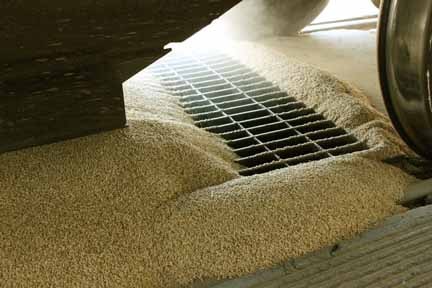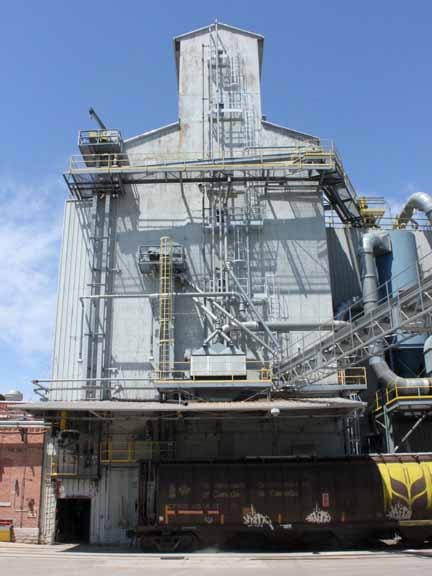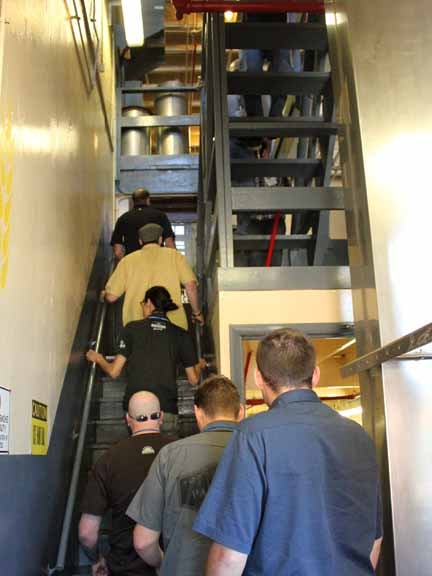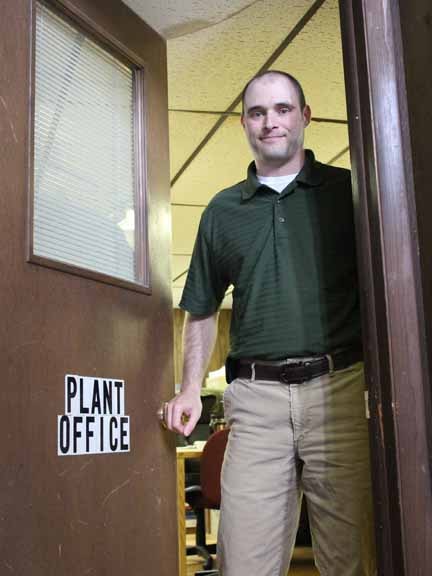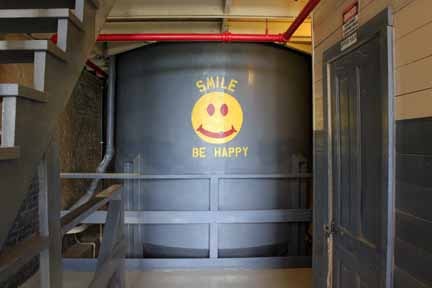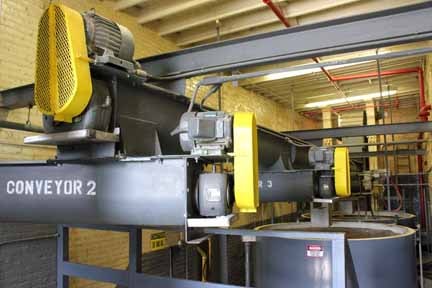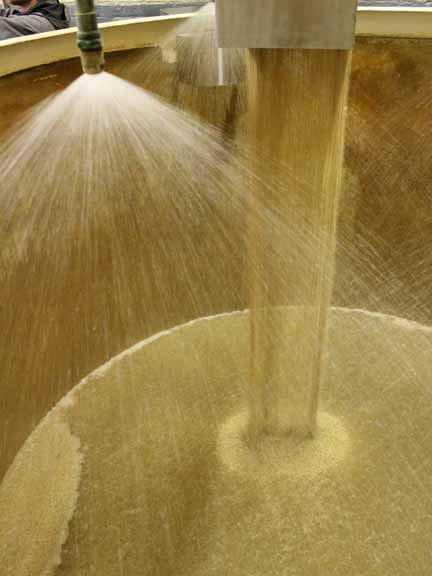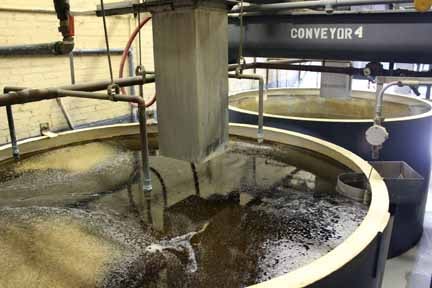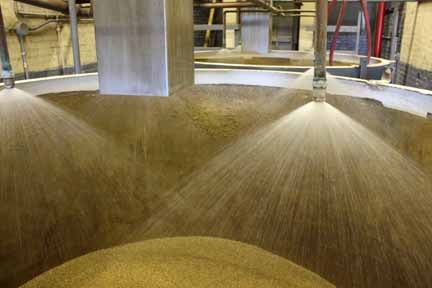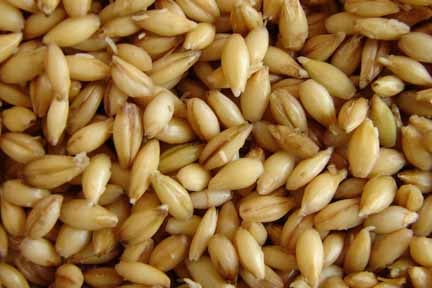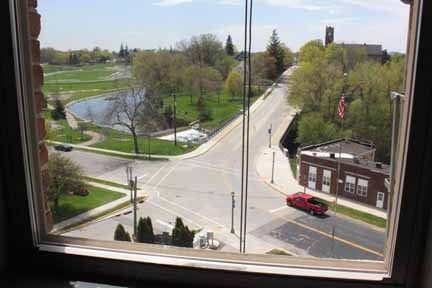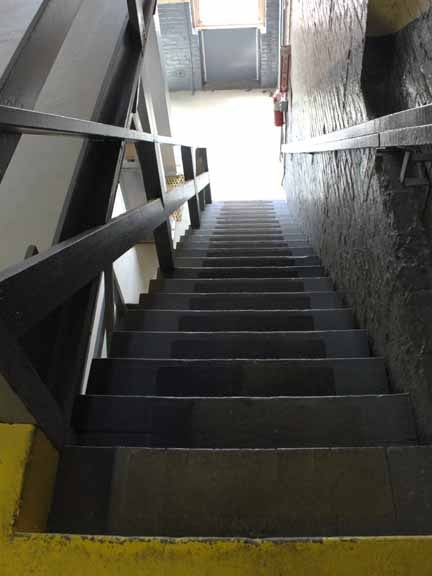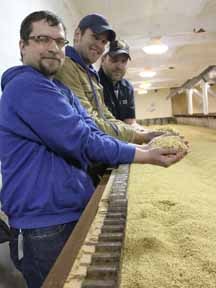

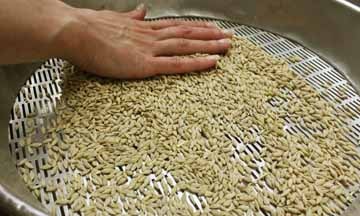
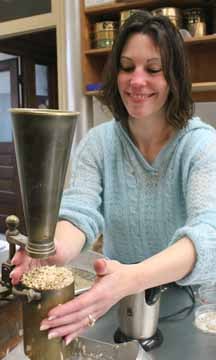
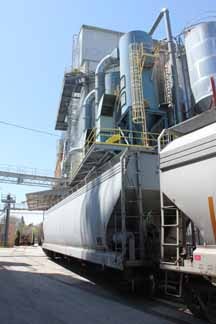
Welcome to the second in a series on The Briess Malthouses, which we refer to by location—the Chilton Malthouse and Waterloo Malthouse. Part I offered a short history about the Chilton Malthouse. This installment dives into steeping, which is the first step in the the malting process. The second and third steps, germination and drying, will be covered in Parts III and IV.
During steeping water is absorbed by the raw barley kernel and germination begins. But are there really 75 steps to steeping? At the Chilton Malthouse there are. More about that in a bit.
Well before raw barley is steeped, a sample of raw barley is pulled from storage—that’s usually in an elevator close to where it was grown—and is sent to Briess for testing. The Chilton Malthouse Lab tests the sample for physical characteristics, germination rate, moisture and protein.
If it meets spec, the raw barley is accepted and begins its journey—usually via railcar—to the Chilton or Waterloo Malthouse. When the malting barley arrives, we test it again. A malthouse operator manually probes the railcar and takes the sample to the lab for testing.
If the sample passes lab analyses a second time, the barley is unloaded, weighed and stored in a bin.
Steeping occurs each morning at the Chilton and Waterloo Malthouses. It begins when raw barley is transferred via conveyers to steep tanks and submerged in water. In the Chilton Malthouse, that’s on the top floor of the malthouse…up five flights of stairs and, yes, 75 steps.
For the next 40-48 hours, the raw barley alternates between submerged and drained until it increases in moisture content from about 12% to about 44%.
The absorbed water activates naturally existing enzymes and stimulates the embryo to develop new enzymes. The enzymes break down the protein and carbohydrate matrix that encloses starch granules in the endosperm, opening up the seed’s starch reserves, and newly developed hormones initiate growth of the acrospire (sprout).
Steeping is complete when the barley has reached a sufficient moisture level to allow uniform breakdown of the starches and proteins. One visual indicator that the maltster uses to determine the completion of steeping is to count the percentage of kernels that show “chit”.
Raw barley that has been properly steeped is referred to as “chitted” barley”, the “chit” being the start of the rootlets that are now visibly emerging from the embryo of the kernel. The chitted barley is now ready to be transferred to compartments for germination, which is the second step in the malting process.
Watch for Part III which will focus on germination. Cheers!
